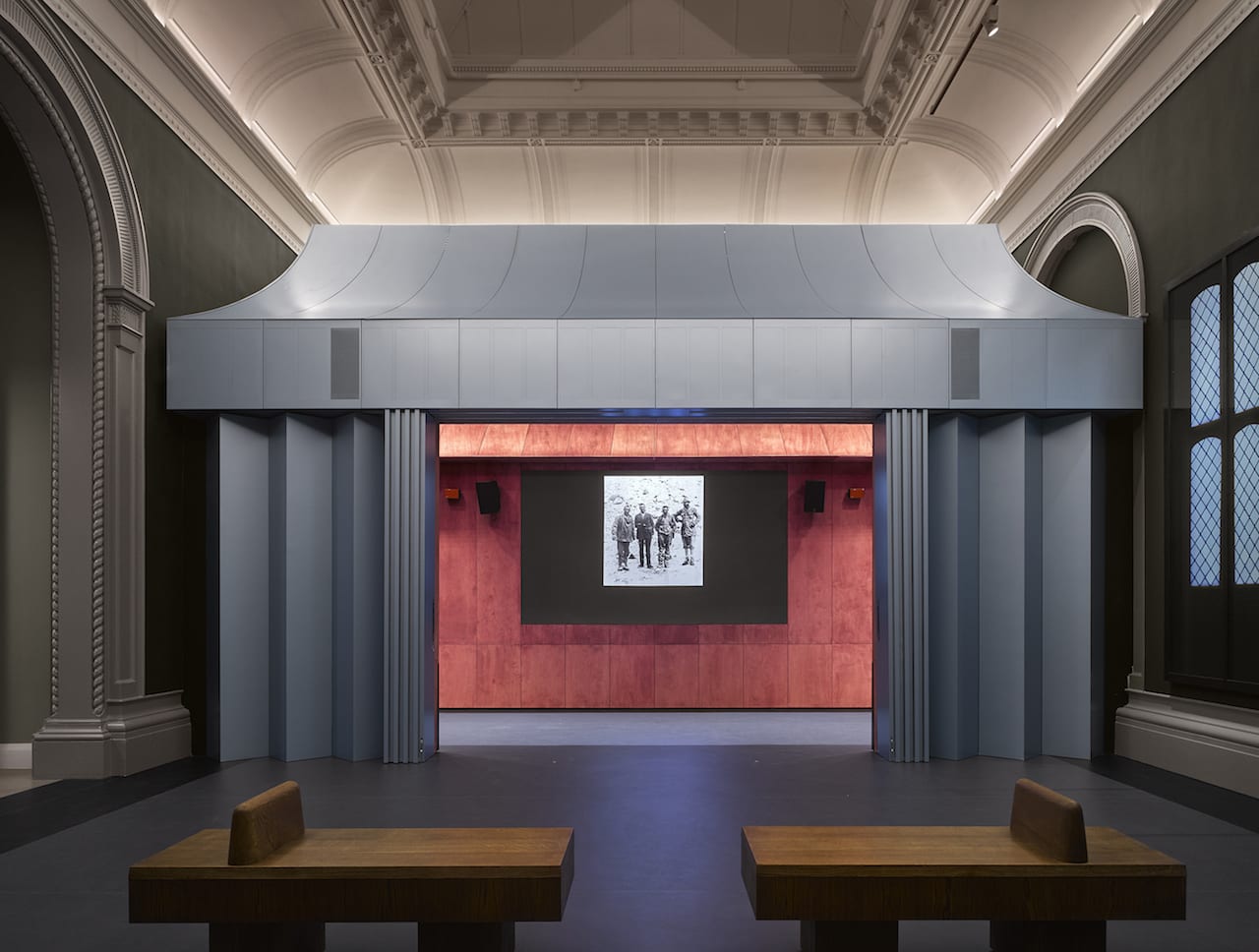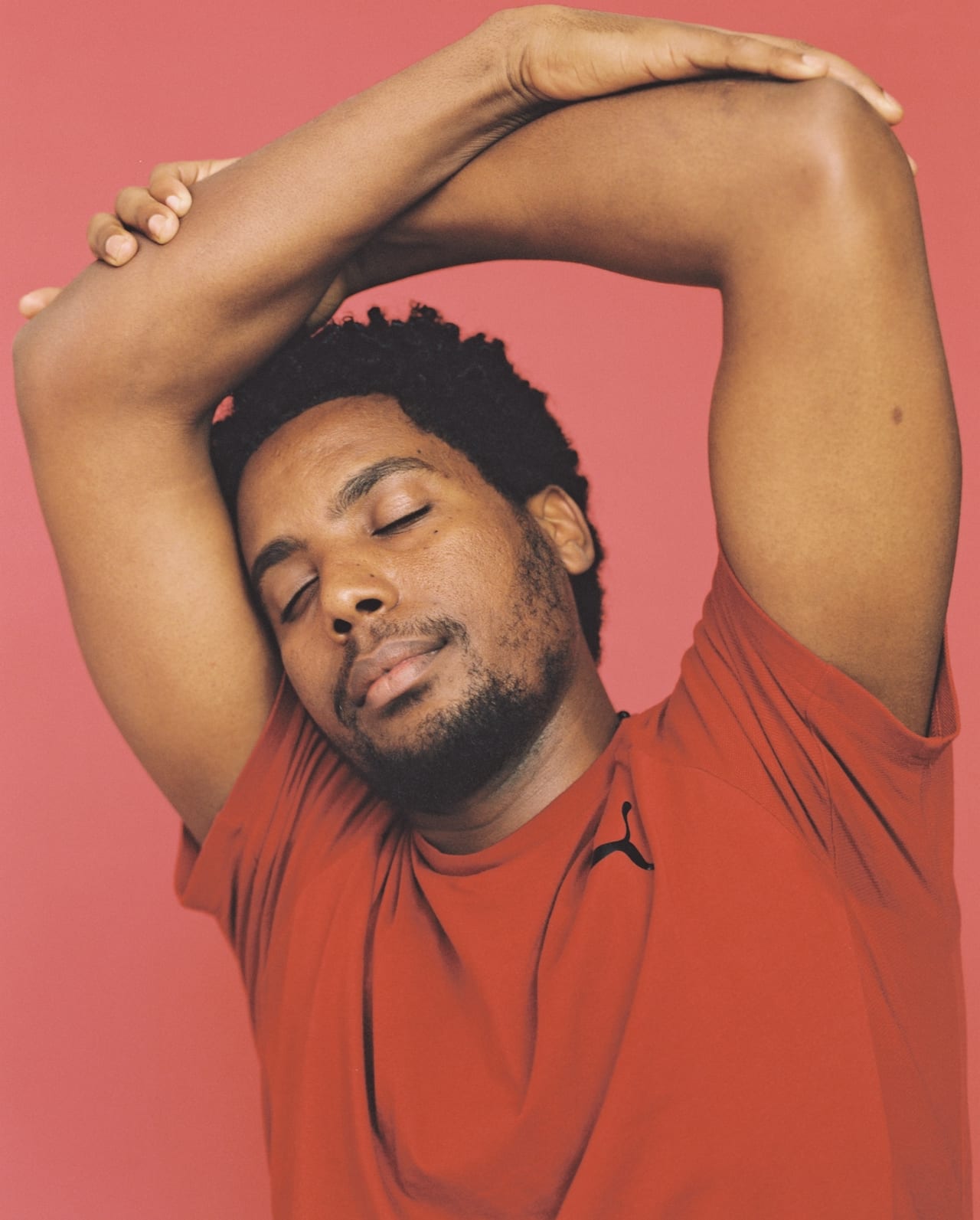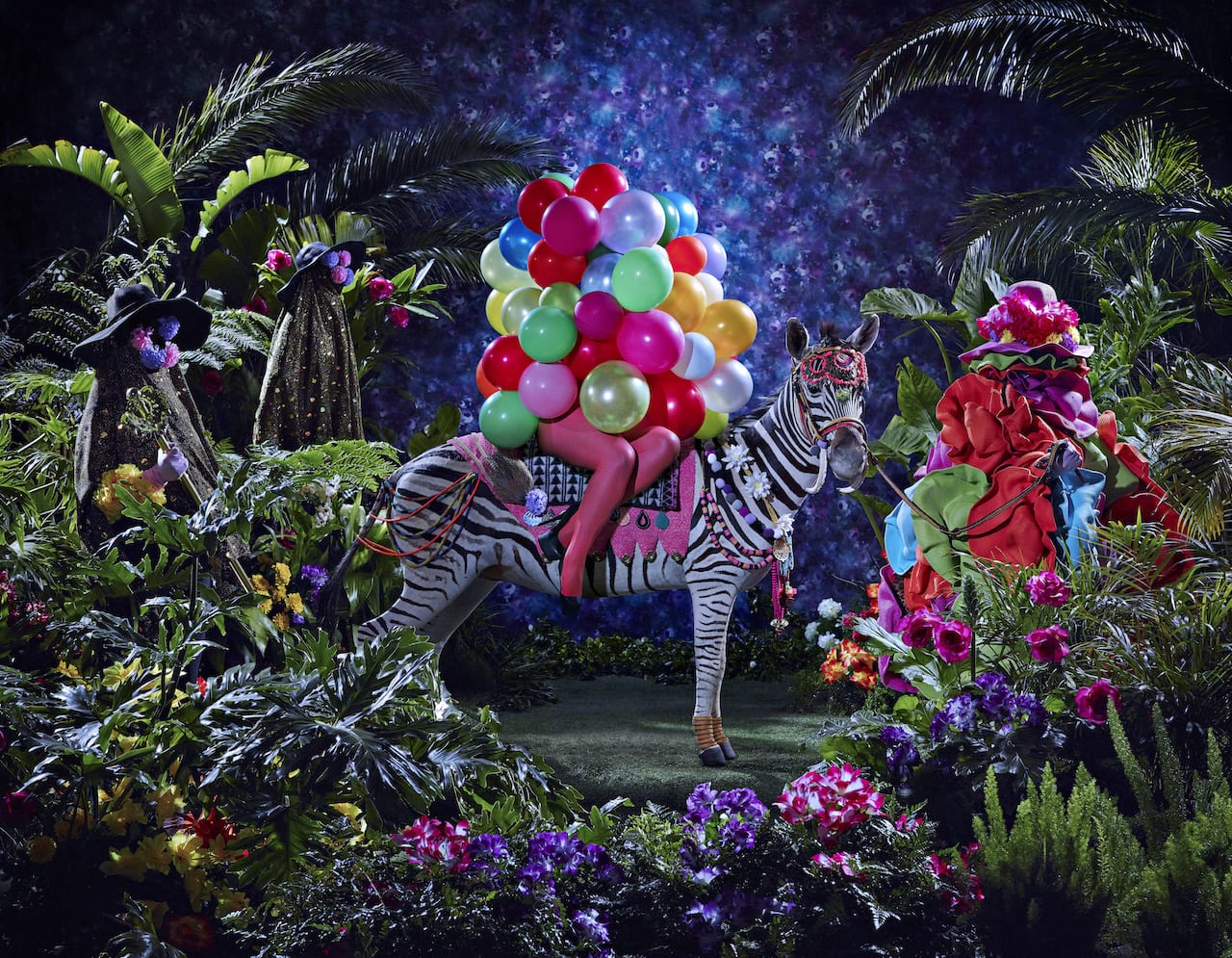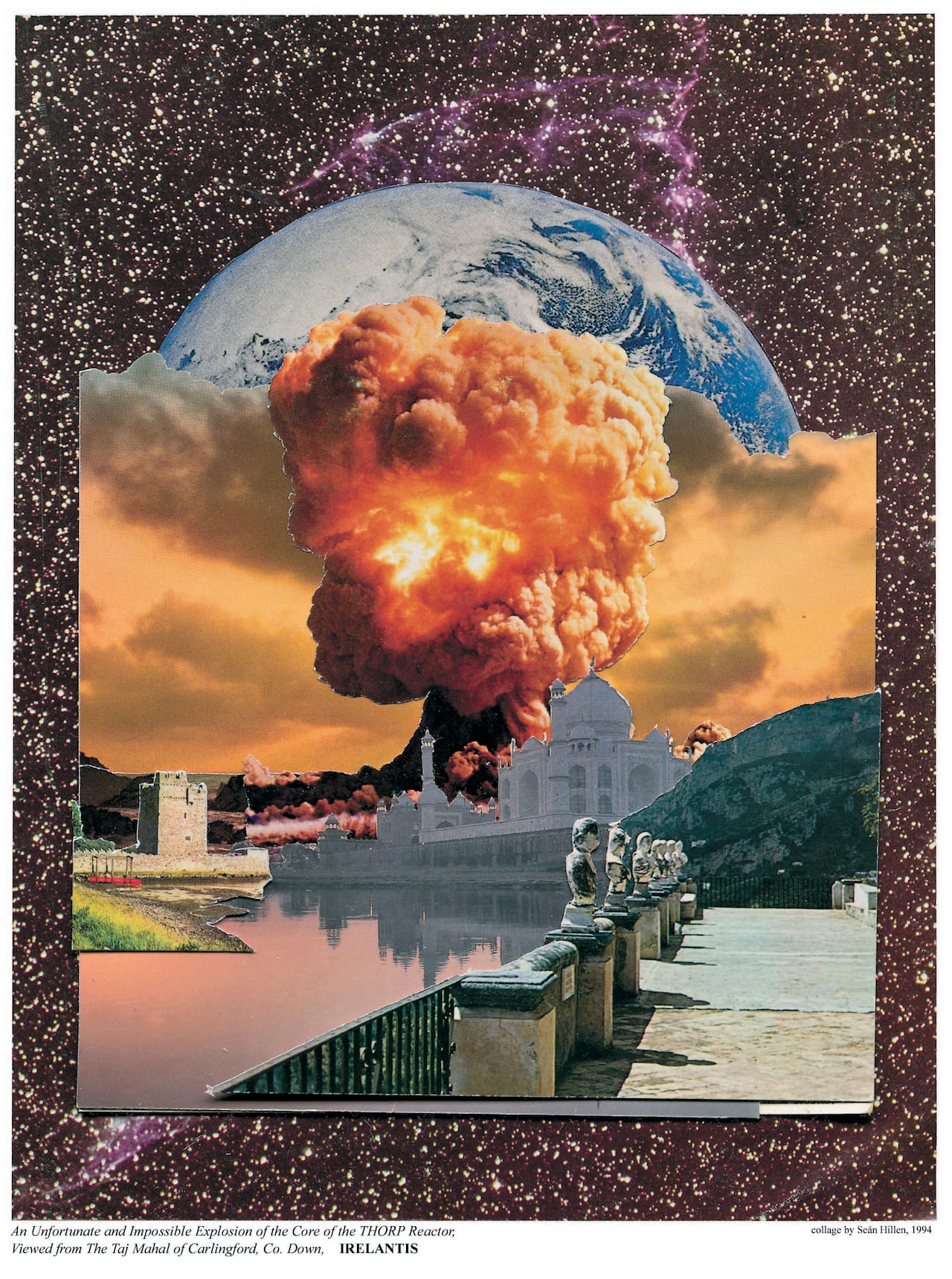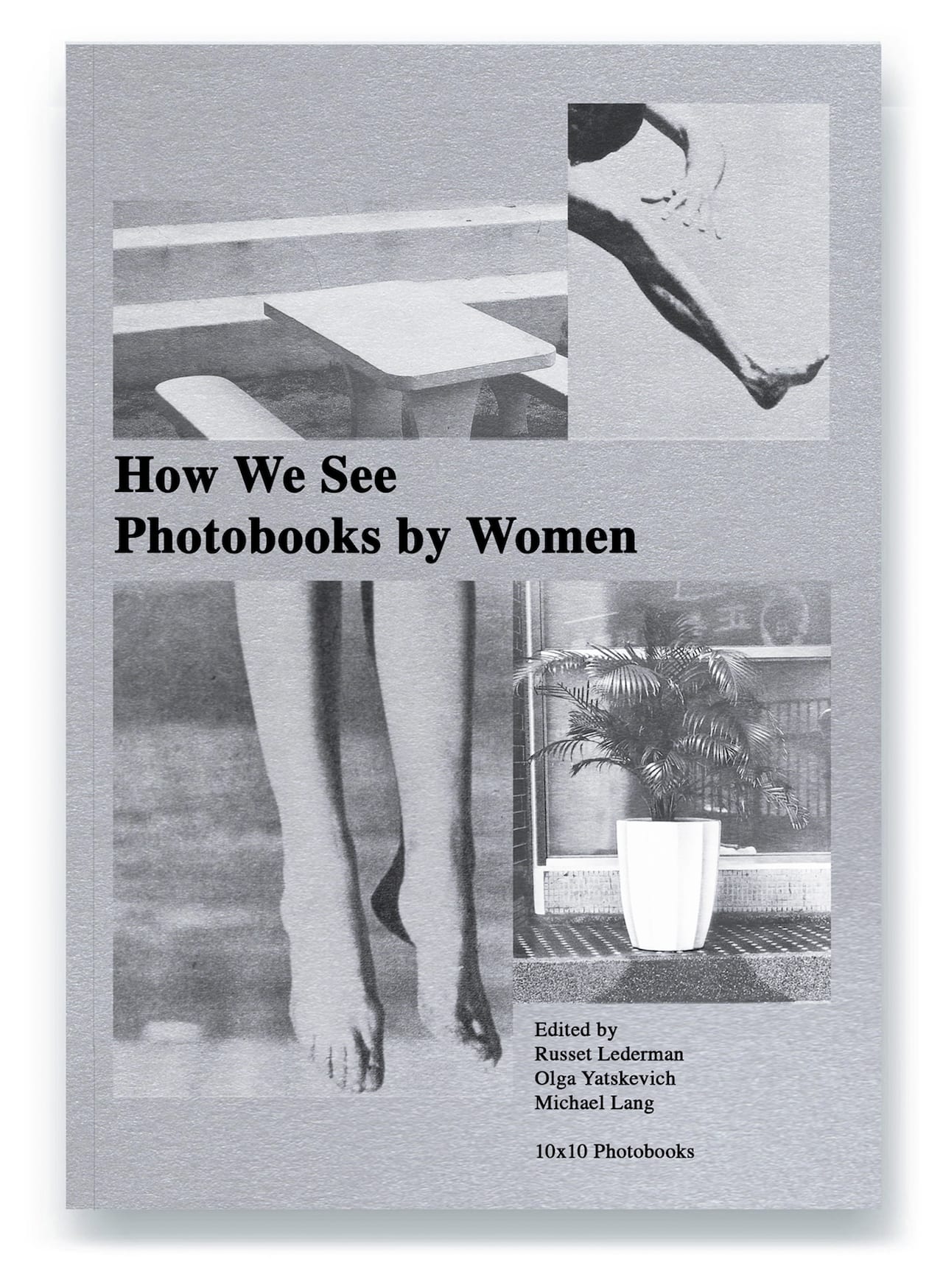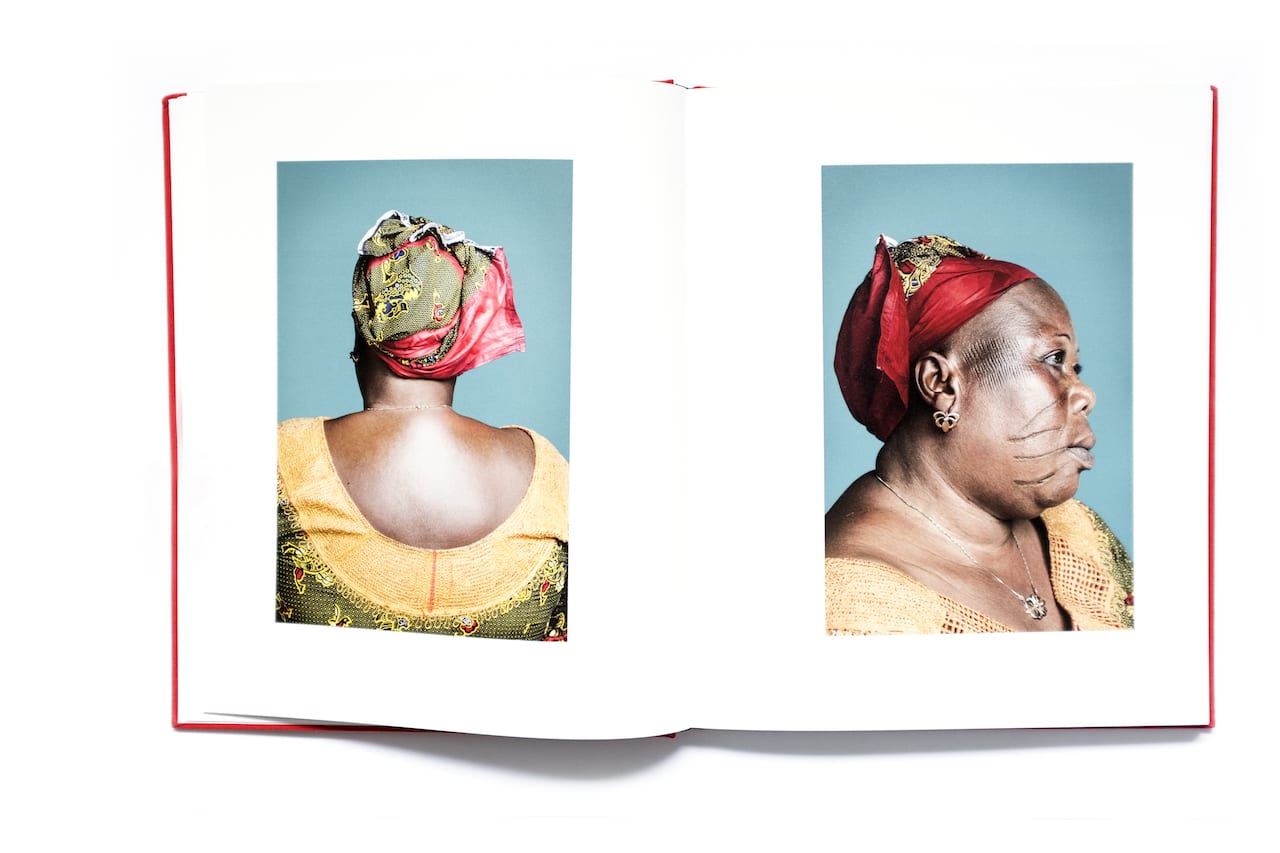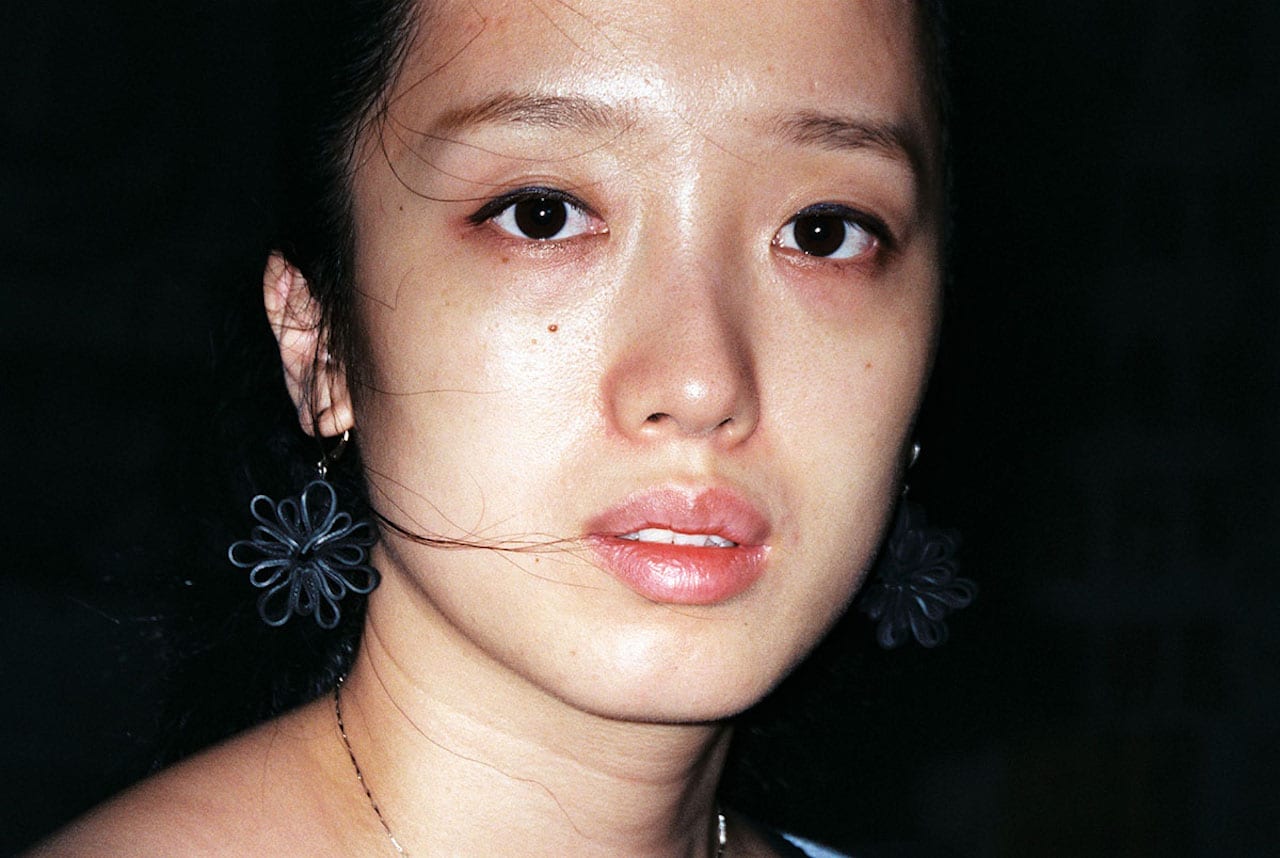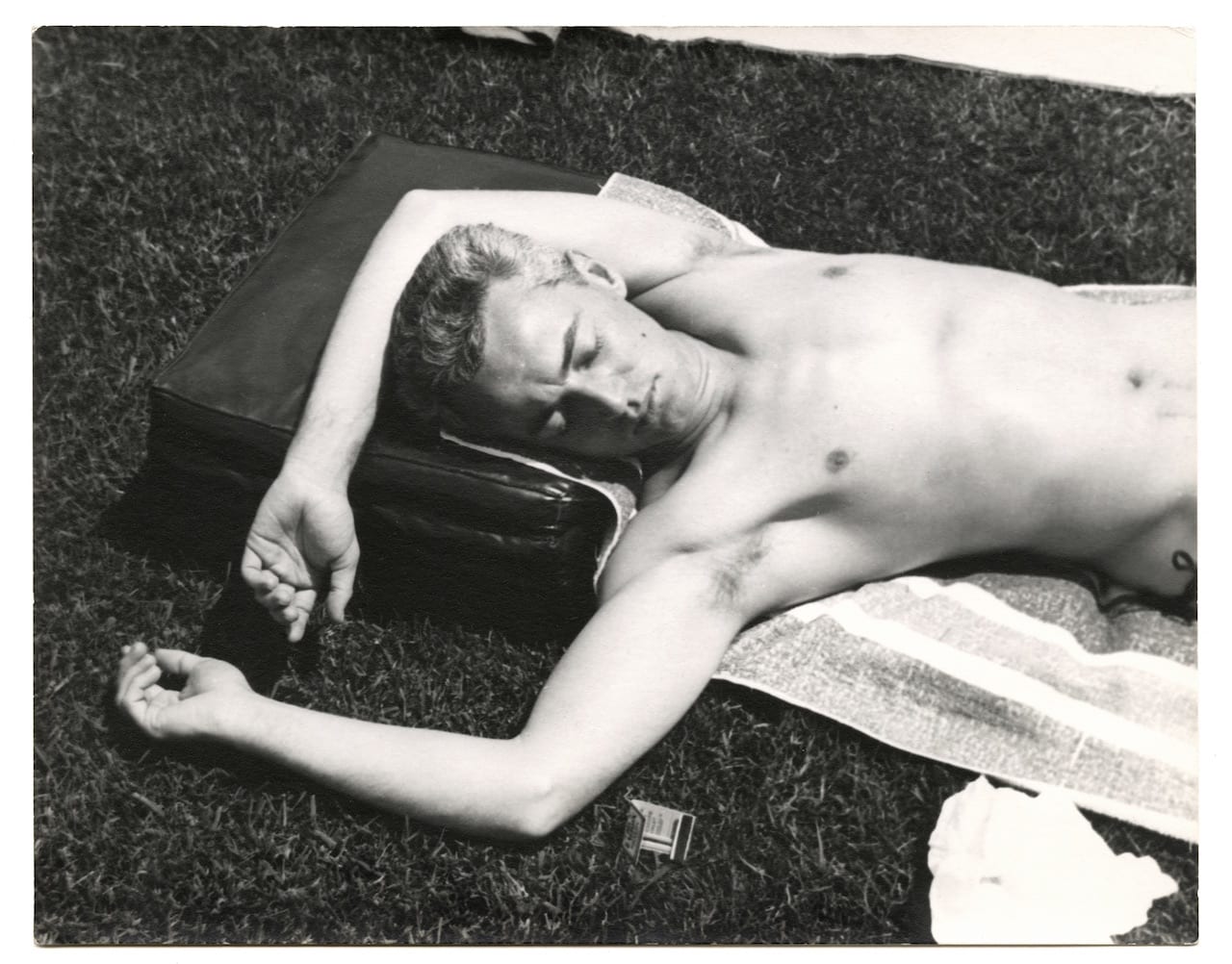“The new Photography Centre brings to life some of the V&A’s most beautiful original picture galleries and provides a permanent home for one of the finest and most inspiring collections of photography in the world,” says Martin Barnes, senior curator of photographs at the V&A. “The spaces and facilities allow visitors to access, explore and enjoy photography in its many forms.
“The Photography Centre encompasses more than a new gallery space. Beyond its walls lies an associated programme of research, digitisation, learning activities, publications, exhibitions, access to items in stores, and collaborations with other UK and international partners. Photography is one of our most powerful forms of global communication, and I’m thrilled that we can contextualise the past and present of this powerful medium in new and exciting ways.”
It’s an important development for photography in the UK and it opens on Friday – the V&A’s new Photography Centre, which more than doubles the museum’s existing photography space.

